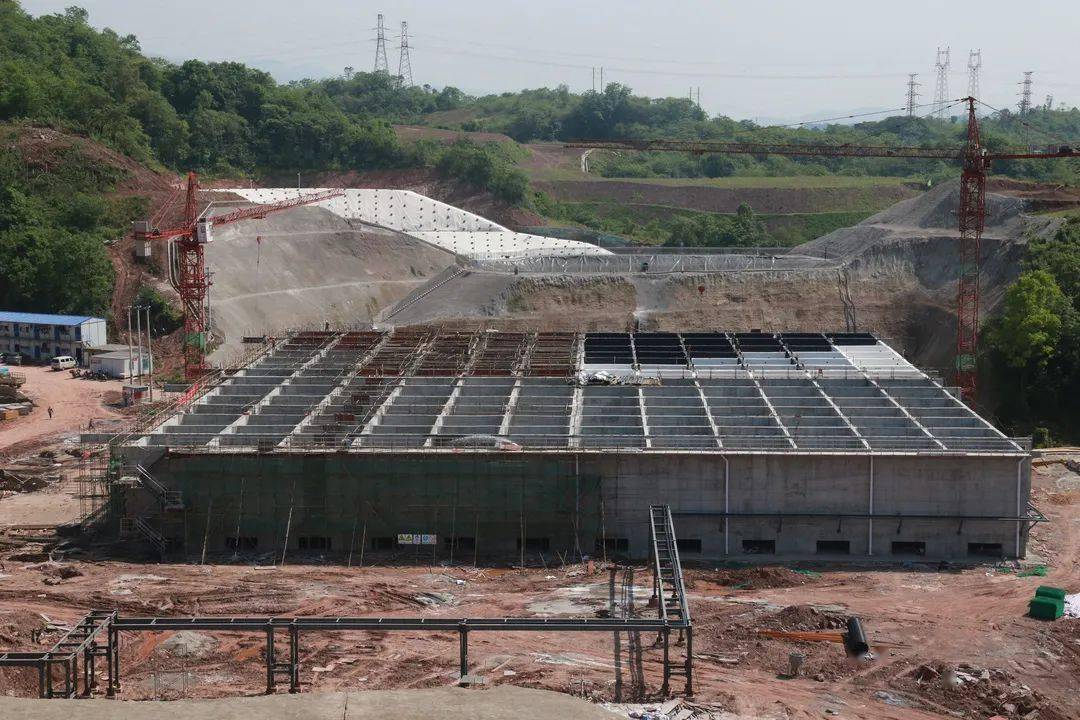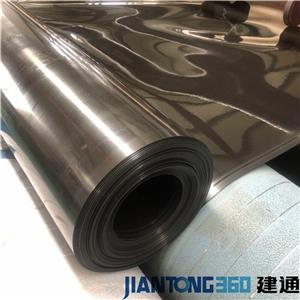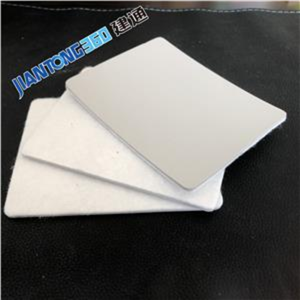Rigid landfills a reliable option for hazardous waste disposal
"Rigid Landfills: A Reliable Option for Hazardous Waste Disposal"
In today's era of increasing environmental awareness, the proper disposal of hazardous waste has become a critical priority, and rigid landfills are a significant method for achieving this.

Definition and Structure of Rigid Landfills
A rigid landfill is a disposal facility that uses reinforced concrete as its primary impermeable barrier structure. Specifically, it involves constructing a framework and foundational impermeable structure with reinforced concrete, complemented by materials such as HDPE geomembranes, nonwoven geotextiles, and composite drainage nets to create a comprehensive impermeable system. The main structural features are as follows:
1. **Impermeable System**:
Comprising nonwoven geotextiles with a minimum mass per unit area of 400g/m² (protection layer), a 2.0mm HDPE geomembrane (impermeable layer), and a composite drainage net 200/7mm/200 (ventilation and drainage layer).
2. **Reinforced Concrete**:
The design must comply with the "Code for Design of Concrete Structures" (GB50010) and meet the level-one waterproof standard specified in the "Technical Specification for Waterproofing of Underground Works" (GB 50108). The compressive strength must not be less than 25N/mm², and the thickness must be at least 35 centimeters.
3. **Landfill Cells**:
To achieve effective management and monitoring, the landfill must be designed with multiple independent and symmetrical landfill cells, each with an area not exceeding 50m² and a volume not exceeding 250m³. Rain shelters must be installed to prevent rainwater infiltration. Damage and leakage in landfill cells can be observed visually for timely repairs.
Functions and Waste Types
The primary purpose of rigid landfills is to safely and effectively dispose of hazardous waste, preventing environmental contamination and damage. Rigid landfills can accommodate various types of waste, except for medical waste, waste that reacts incompatibly with the liner, and liquid waste. Waste that is non-reactive, non-flammable, or has been pre-treated to eliminate reactivity and flammability can be disposed of in rigid landfills. Additionally, waste with an arsenic content greater than 5% must be disposed of in a rigid landfill.
Construction Standards and Regulations
The construction of rigid landfills must adhere to the standards and requirements mentioned above, as well as other relevant regulations such as:
- CJJ 113 "Technical Specification for Anti-Seepage System Engineering of Sanitary Landfills"
- CJ/T 234-2006 "High-Density Polyethylene Geomembrane for Landfills"
- National standard GB/T17639-2023 and municipal standard CJ/T430-2013 for nonwoven geotextiles
- CJ/T452-2014 "Geocomposite Drainage Nets for Landfills"
These standards ensure the performance and quality of materials used in rigid landfills, further guaranteeing the scientific and safe construction of landfill facilities.
In conclusion, rigid landfills play a crucial role in hazardous waste disposal. Their stringent design and functional requirements provide strong assurance for environmental safety and sustainable development. We must recognize their importance and continuously improve and enhance their technology and management levels.
Keywords: Rigid landfill, hazardous waste , reinforced concrete, impermeable barrier, HDPE geomembrane, nonwoven geotextile, composite drainage net, impermeable system, landfill cells, rain shelter, waste disposal.




